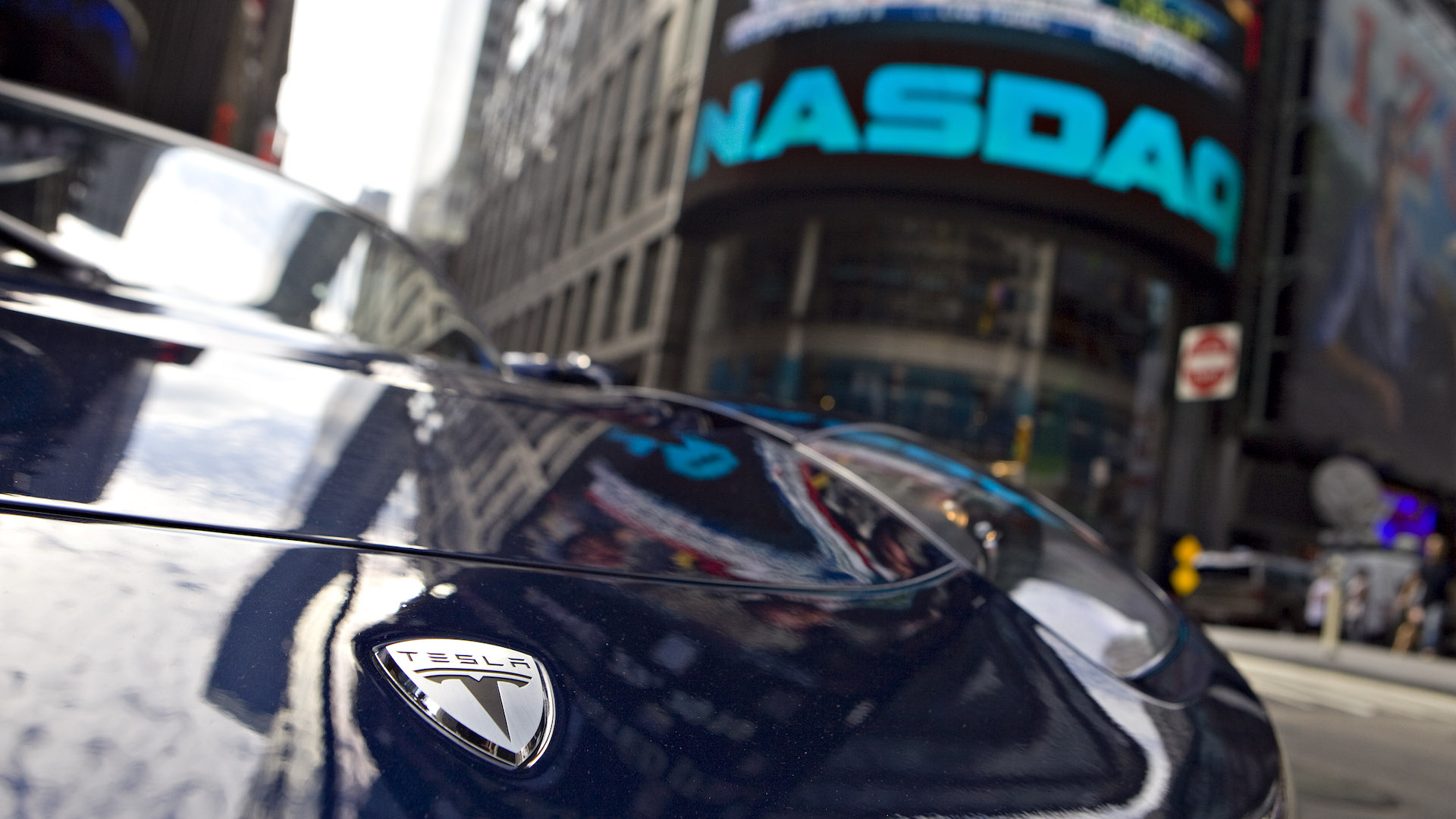

Despite being in “production hell” for a few months, Tesla has been having problems reaching its already overzealous manufacturing targets. Now, in a report by CNBC, Tesla has pushed back its targets to reflect updated goals to produce its first affordable all-electric sedan.
Original claims by the manufacturer indicated that its production would reach 20,000 units per month by the end of 2017; however, after significant “bottlenecks”, the company was already behind schedule in early October. By November, the Californian company decided to shift its target of 5,000 units per week to happen by the end of Q1 2018, a more accurate move considering only 31% of the original goal was met after just 1,550 units of the Model 3 were delivered by the end of 2017.
Tesla has now said that it will be shifting its targets for Model 3 production numbers again, expecting “about 2,500” units of the Model 3 per week by the end of Q1 2018, and reaching its original goal of 5,000 units per week by the end of Q2.
“As we continue to focus on quality and efficiency rather than simply pushing for the highest possible volume in the shortest period of time, we expect to have a slightly more gradual ramp through Q1, likely ending the quarter at a weekly rate of about 2,500 Model 3 vehicles,” said Tesla in its fourth-quarter deliver statement, “We intend to achieve the 5,000 per week milestone by the end of Q2.”
Being able to take a little extra time to assemble its vehicles might not be a bad thing for consumers, especially since reports surrounding “production hell” pace causing quality concerns. Though Tesla has denied this claim, the internet is still regularly in uproar regarding quality concerns of its more expensive vehicles like the Model S and Model X. In order for mass adoption of a reasonably priced electric car to take place in such a short amount of time, Tesla must tread the fine line between fast-paced production and optimal quality control.
Both critics and fans of Tesla alike can view the Model 3 as the key to the company’s success. After all, the Model 3 being a mass-produced affordable electric car is the final part of CEO Elon Musk’s “master plan.” Some see the delays as a reason to doubt the company, while others view the delays as part of the s-curve that charts the difficulty in ramping up production. With company expenditures exceeding $500,000 an hour, a balance must be achieved between production numbers and incoming capital, something which will be critical in reaching its new goals by Q2 2018.